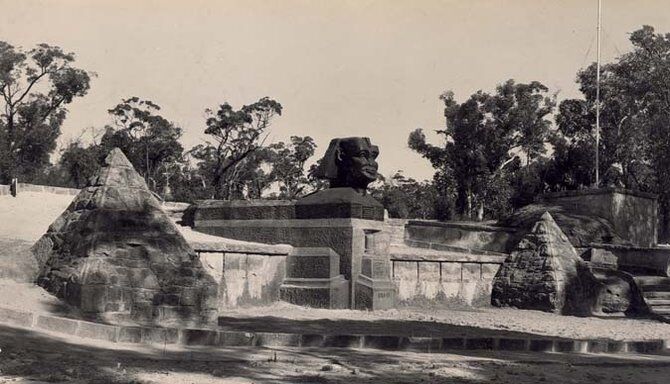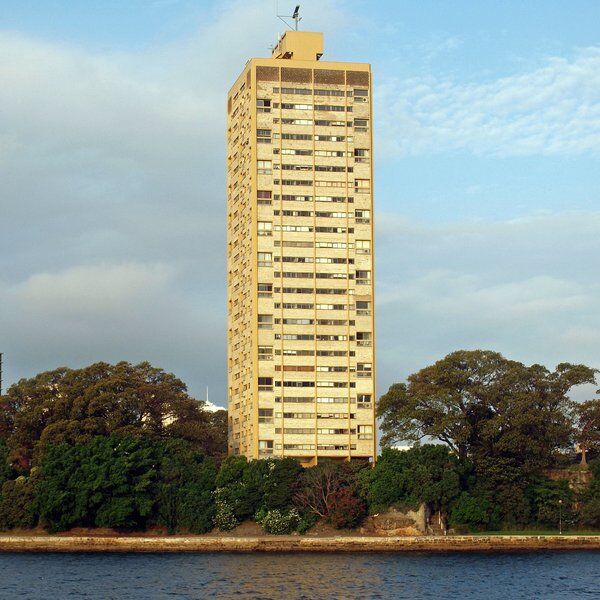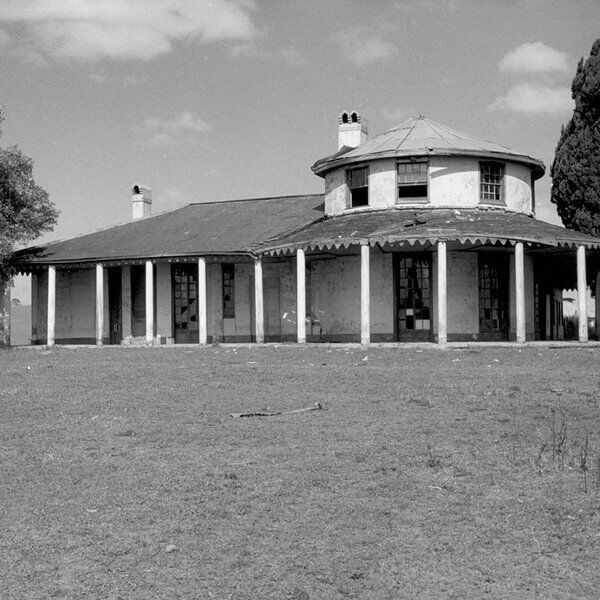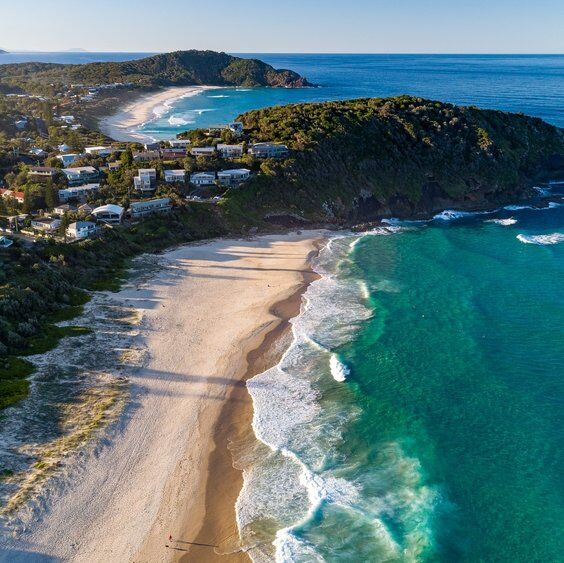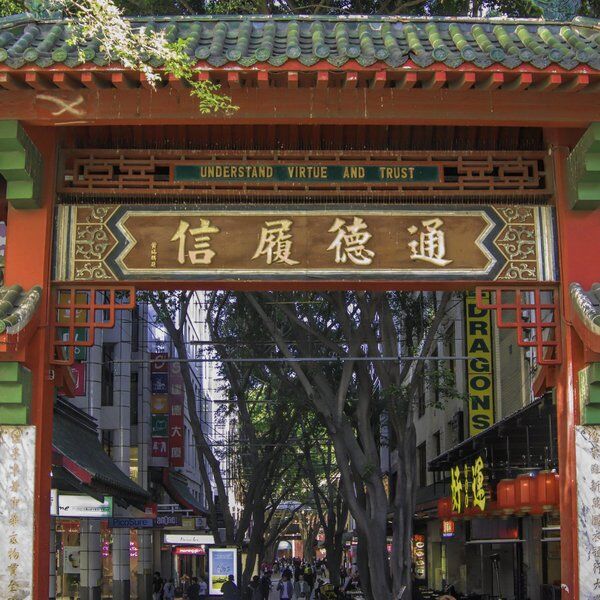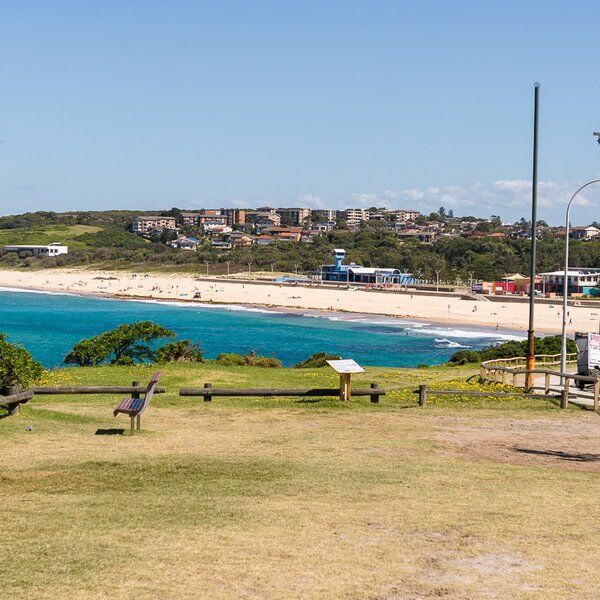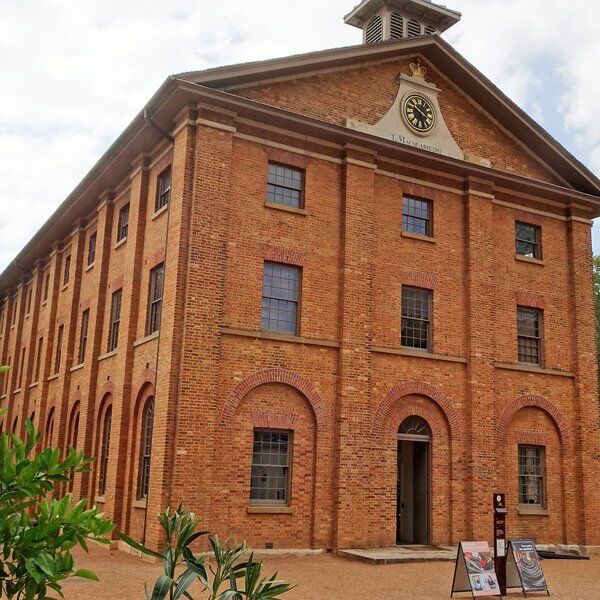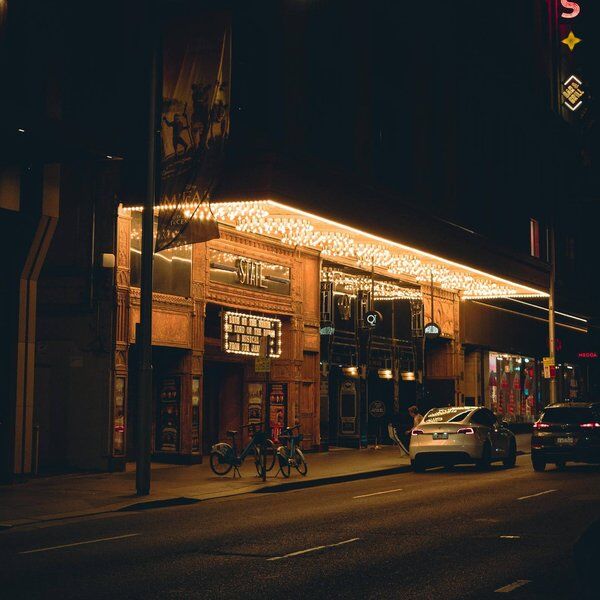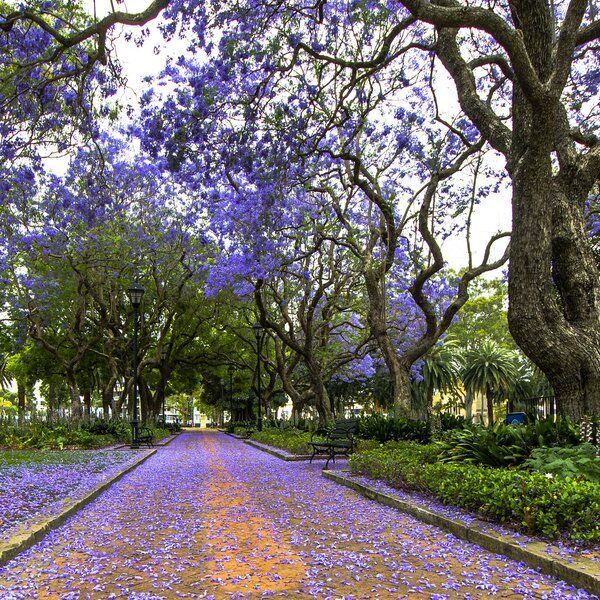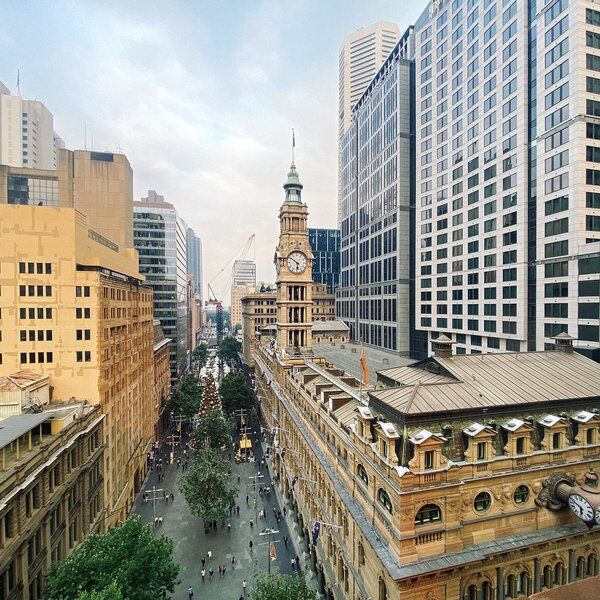If you take a stroll through the sprawling bushland of Ku-Ring-Gai Chase National Park in Sydney’s north, you’ll come across a striking sandstone monument with a remarkable story: the Sphinx Memorial.
If you’re planning on visiting, it’s probably because you’re keen on doing the Sphinx Memorial Walking Track, a popular trail that winds through native forest and leads to the tranquil waters of Bobbin Head.
Built in the 1920s by a World War I veteran while recovering from illness, the memorial stands as a tribute to the fallen soldiers of the Great War.
With the deafening roar of the cicadas in your ears and the sun beating down on your neck, there’s plenty else to distract you as you seek out one of Sydney’s most unique ANZAC memorials. Wildlife, native flora and fauna, bushwalkers and the scent of that hot, fresh air have helped put the Sphinx Memorial on the map.
Let’s take a closer look at how the Sphinx Memorial came to be, and how it ended up here, a physical reminder of the ancient and more recent past in North Sydney’s rugged natural landscape.
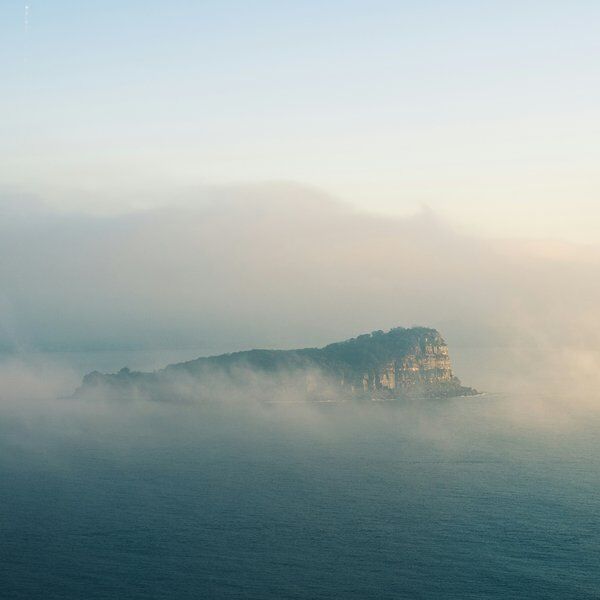
The History of the Sphinx Memorial
To tell the story of the Sphinx Memorial, we have to go back thousands of years to when Ku-Ring-Gai and its surrounding area was the home of the Darug people. In 1896, the land was proclaimed a national park and named Ku-Ring-Gai Chase. It is now one of the oldest national parks in Australia.
By the early 20th century, suburbs and settlements had been built and continued to expand ever closer to the National Park, and one of them would become the final home of the most important man in this story: Private William Shirley.
Before he left Australia to fight with the Australian Imperial Force during World War I, William Shirley had worked as a stonemason, skills he would later rely on to create the Sphinx Memorial.
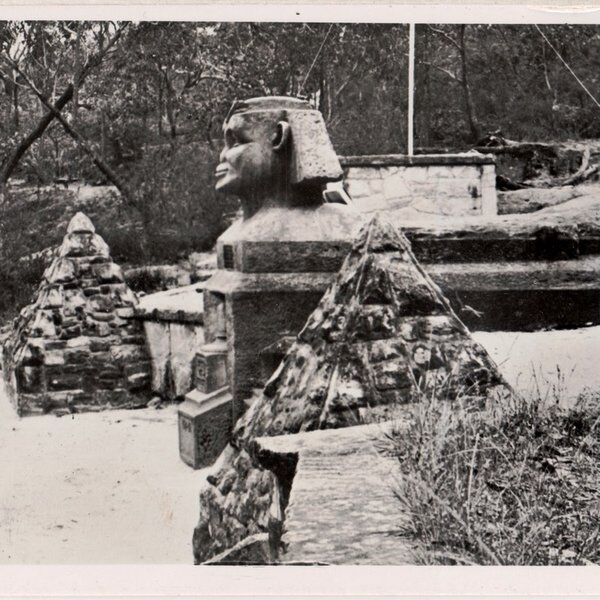
But immediately after the war, when he returned to Australia, Private Shirley and many of his fellow countrymen were left with painful physical, and mental, reminders of their experiences in Europe and further afield.
In 1924, Shirley was moved to The Lady Division Hospital in Turramurra on Sydney’s North Shore, a hospital dedicated to treating tuberculosis (TB) sufferers. He had fought in the famous 13th Battalion, where he was one of 10,000 Australian soldiers who were killed, injured or taken prisoner during the battles of Bullecourt in France.
The patients of The Lady Division Hospital were encouraged to go for walks through the nearby Ku-Ring-Gai Chase National Park, and it was here that Shirley stumbled upon an outcrop of rock that looked, to some, a bit like the Great Sphinx.
One of those who recognised the resemblance was Shirley’s medical advisor, and he was delighted by his patient’s interest. A newspaper report from the 1950s tells us that Private Shirley was a patient who “appeared to require something more active than the usual life of a patient in the home” and thus, Shirley began carving the memorial by hand from local sandstone, dedicating it to the memory of his fallen comrades.
Over the decades, the memorial endured the effects of weather and bushland growth. In the 1990s and early 2000s, the NSW National Parks and Wildlife Service (NPWS) undertook restoration and conservation efforts to preserve the site for future generations. These works ensured that the Sphinx Memorial remains one of the most unique WWI memorials in Sydney.
Creating The Sphinx Memorial
Shirley’s skills as a stonemason made a re-entry into his life. The Red Cross provided him with books, photographs taken from all angles, and even the correct measurements of the Great Sphinx in Egypt.
Despite his craft being familiar to him, it soon became clear that the sandstone was striated with ironstone, making a difficult task even more laborious. Let’s not forget, as well, that Shirely was suffering with TB, and his illness only made it possible for him to work for around 2 hours a day on his memorial project.
It wasn’t all smooth sailing. Reports show that, while working on the Sphinx’s paws, a huge chunk of the rock fell away after striking an unexpected flaw. Nothing but cement would fix it, apart from a stroke of artistic genius. Shirley decided to square off the base and incorporate a column to hide the “mistake”, and it’s now a part of what makes the Sphinx Memorial totally unique.
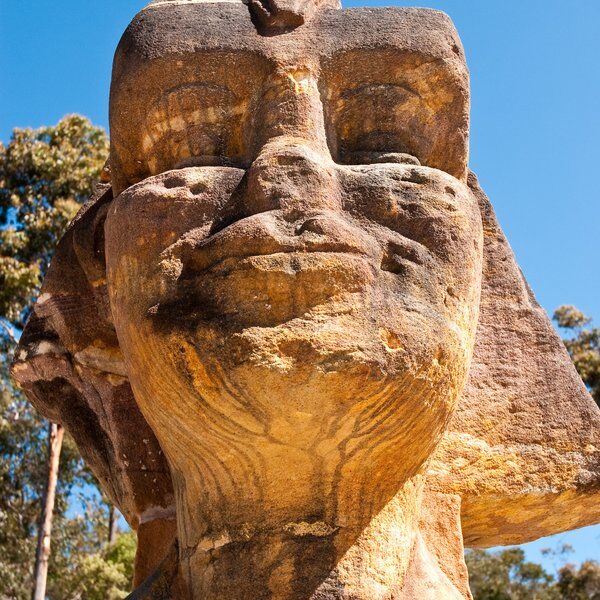
Later Additions to The Sphinx Memorial
It wasn’t long after the Sphinx Memorial was completed that the bells of war began to toll again.
In late September 1939, just a few weeks after the Second World War had been declared, visitors to the Sphinx Memorial arrived carrying shovels and plenty of ambition to beautify the memorial even further.
Among them were Ladie Gowrie, renowned for her work in promoting the welfare of children in Australia and the wife of the then Governor of New South Wales. She planted the first tree in an avenue of Jacaranda trees that line the approach to the Sphinx Memorial. Sixteen other threes were planted by the friends of the TB Sailors and Soldiers’ Association, the organisers of the function. All of the trees were gifted by the Mayor and Council of Grafton.
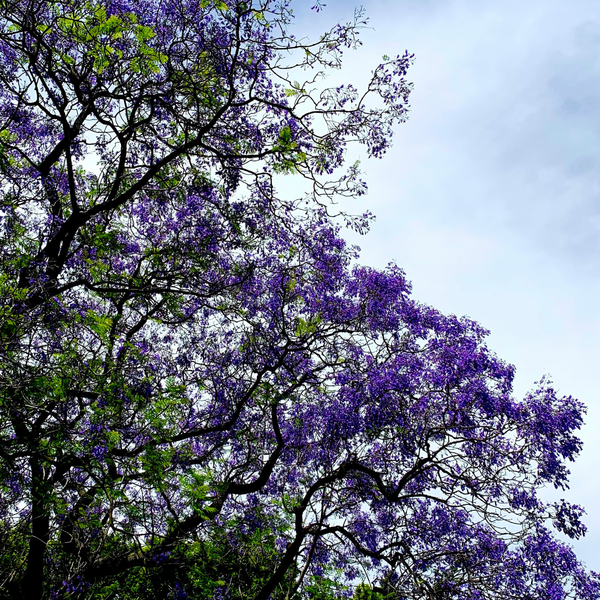
The Sphinx Memorial Walking Track
It almost goes without saying that The Sphinx Memorial Walking Track is one of the most popular bushwalks in Ku-Ring-Gai Chase National Park. Starting at the sandstone Sphinx Memorial, the track winds down through dense forest and gullies before reaching the waterside picnic areas at Bobbin Head.
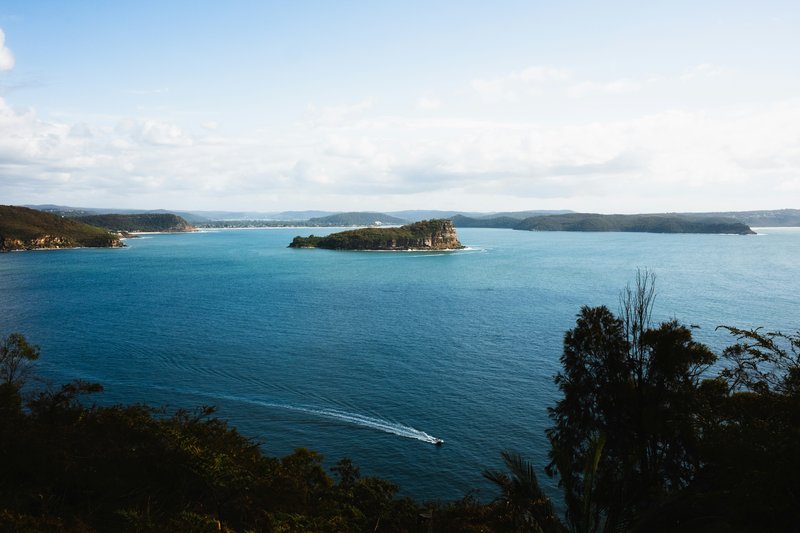
Stretching around 3 kilometres one way (approximately 6 km return), the walk is considered moderate in difficulty. It usually takes about 1.5 to 2 hours (return), depending on your pace and stops along the way. While the track features a steady descent towards Bobbin Head, you’d be wise to remember that the return journey involves a steep uphill climb back to the memorial.
As long as you’re an able bushwalker and prepared for your journey, the rewards are incredible: native bushland including eucalyptus forest, sandstone outcrops and fern-filled gullies to name just a few.
If you’re very lucky, you’ll spot some local birdlife such as resident kookaburras (mind they don’t steal your sandwiches!) and lyrebirds, and enjoy glimpses of waterways that lead to Cowan Creek.
Tips for Walkers
- The Best time to go: Autumn and spring offer the most pleasant weather, too hot or too cold and the walk is significantly less enjoyable (and safe).
- Facilities: Bobbin Head has picnic areas, BBQs, a café, toilets and a visitor centre.
- Parking: Car parking is available both near the Sphinx Memorial and at Bobbin Head, though bear in mind NPWS entry fees apply per vehicle.
- Accessibility: The track includes uneven ground, stairs, and steep sections, so it may not be suitable for prams, wheelchairs, or those with limited mobility.
- Essentials: Carry water, sun protection and sturdy walking shoes. Mobile coverage is limited in parts of the track so always be prepared and do not walk alone.
Find More Things to Do in Sydney with CityDays
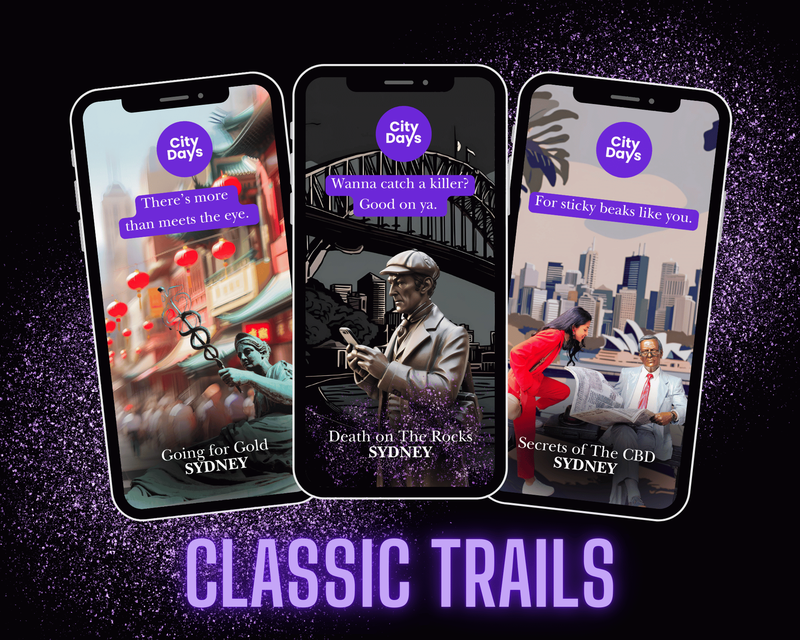
If you want to find more things to do in Sydney (all of which have rest stops at cafes and bars along the way!) why not embark on a CityDays Scavenger Hunt, including our murder mystery challenge, Death On The Rocks?
CityDays tours and urban adventures are a great way to bring family and friends (or even dates!) together for an afternoon of great fun and adventure, solving clues and snapping photos.
For more information about our Sydney Scavenger Hunts click here: Sydney Scavenger & Treasure Hunts | CityDays.
